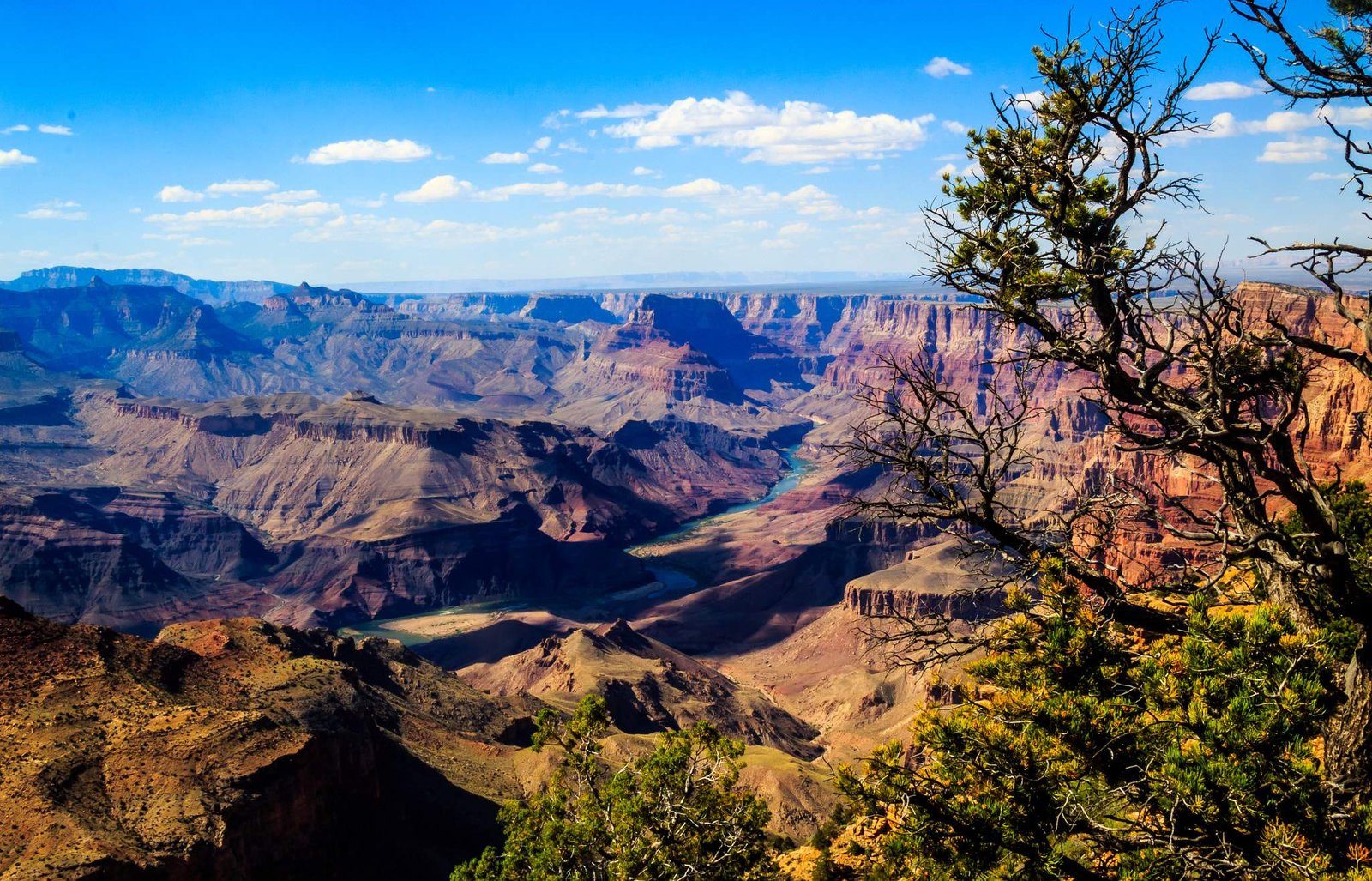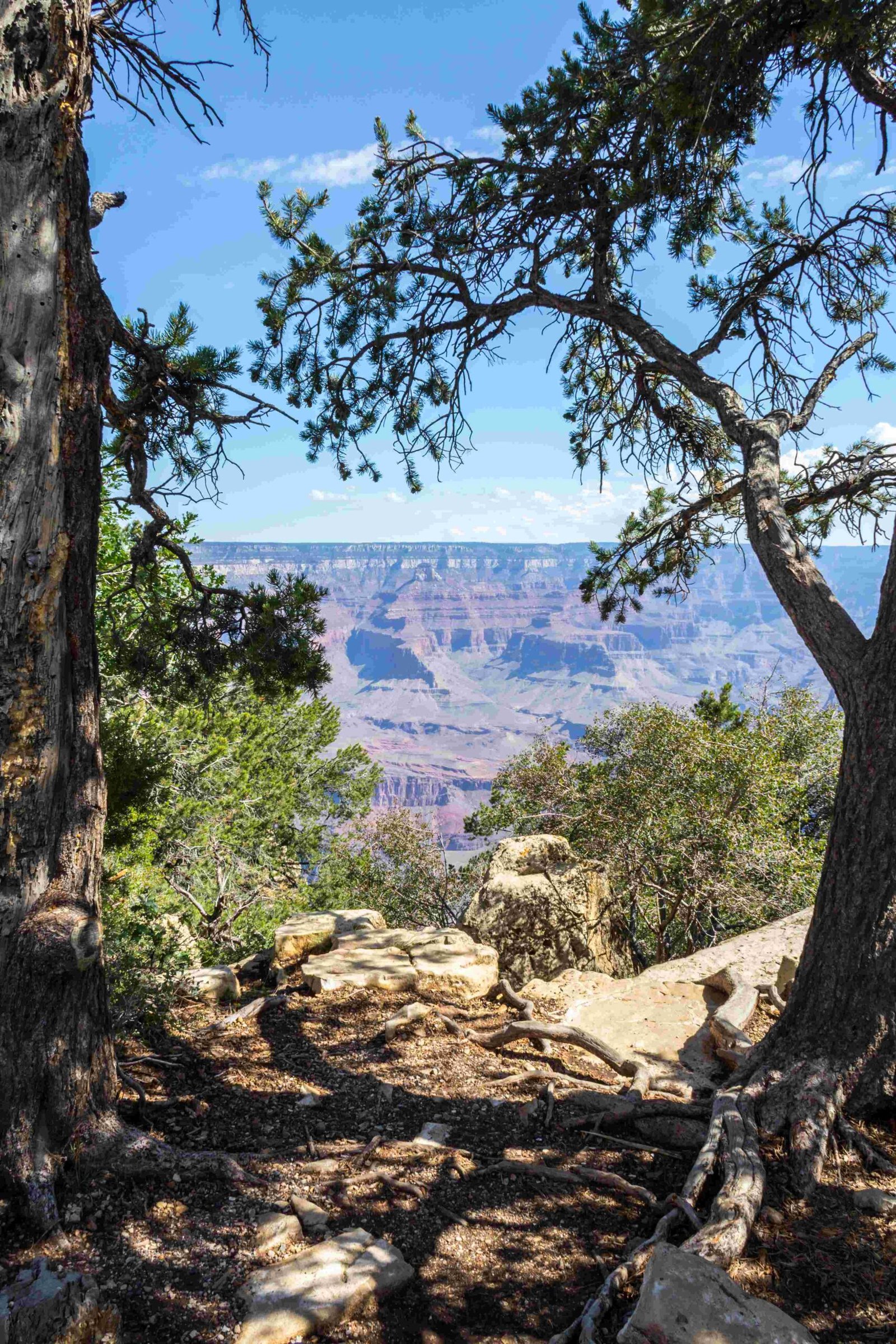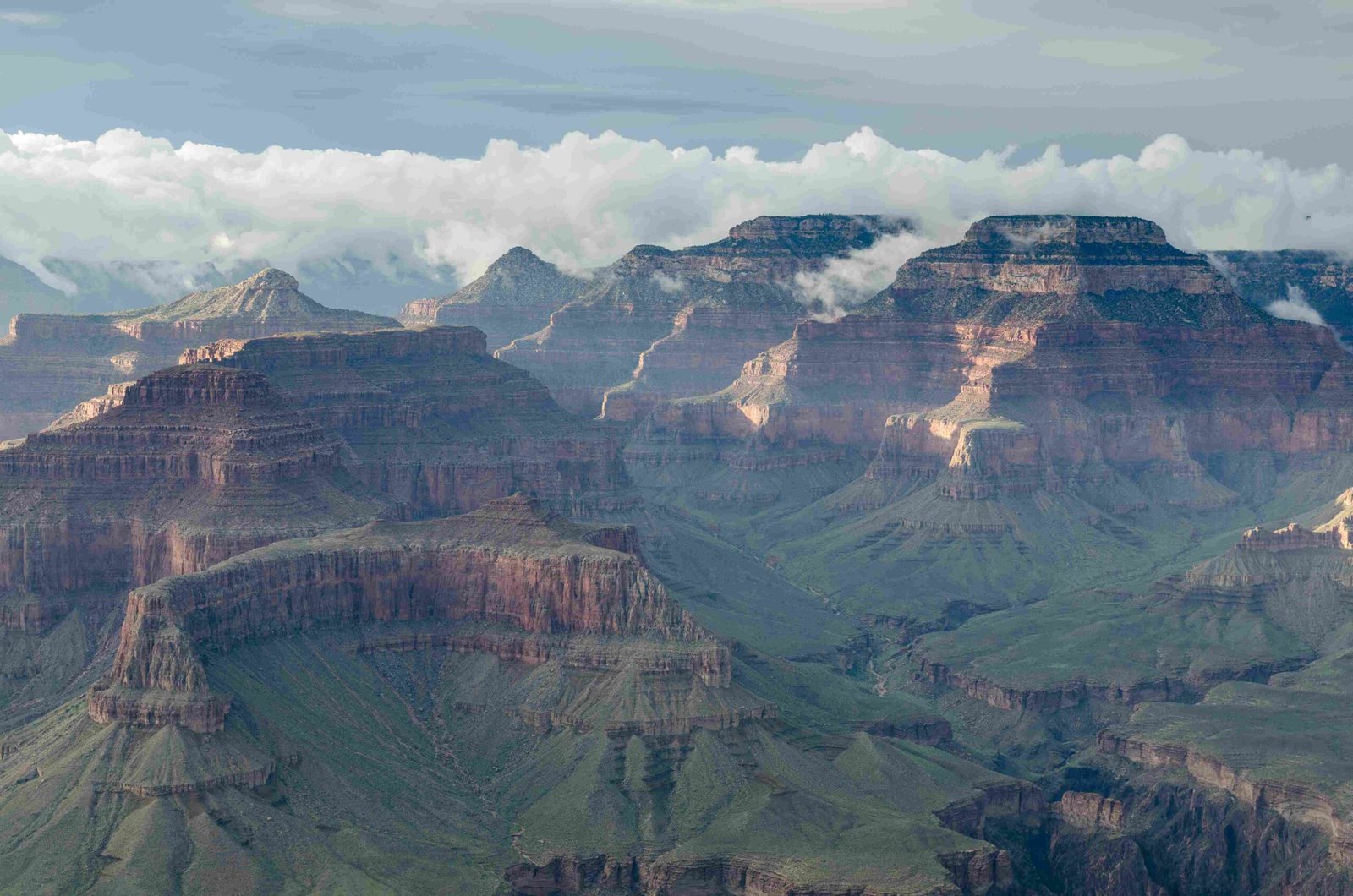The Grand Canyon represents a monumental geological marvel where its widest point stretches an impressive 18 miles across the Arizona landscape, revealing millions of years of Earth’s complex geological history. This extraordinary natural formation showcases dramatic rock layers, revealing intricate details of planetary transformation through stunning visual narratives of erosion, geological processes, and time’s remarkable sculpting abilities.
What Makes the Grand Canyon So Wide?

The Grand Canyon’s extraordinary width results from millions of years of geological processes, primarily driven by the Colorado River’s persistent erosion. Key factors contributing to its massive dimensions include:
- Geological Time Scale: Approximately 5-6 million years of continuous erosion
- Rock Composition: Varied sedimentary rock layers with different erosion resistance
- Water Flow Dynamics: Colorado River’s consistent cutting action
- Tectonic Plate Movements: Regional geological uplift
How Wide Is the Grand Canyon at Its Broadest Point?

| Measurement Category | Specific Details |
|---|---|
| Maximum Width | 18 miles (29 kilometers) |
| Narrowest Point | 600 feet (Marble Canyon) |
| Average Width | 10 miles |
| Total Length | 277 miles (446 kilometers) |
Geographical Context of the Widest Section
The Grand Canyon’s widest point is strategically located near the South Rim entrance of Grand Canyon National Park. Precise geographical coordinates include:
- Latitude: 36.056595
- Longitude: -112.125092
- Elevation Range: Varies between 2,000-7,000 feet above sea level
What Geological Processes Created Such Massive Width?
Several interconnected geological mechanisms contributed to the Grand Canyon’s expansive width:
- Differential Erosion
- Softer rock layers eroded faster than harder rock formations
-
Created uneven landscape with varying erosion rates
-
Water Dynamics
- Colorado River’s continuous flow
- Seasonal flooding
-
Sediment transportation
-
Tectonic Activities
- Regional uplift
- Plate movements
- Volcanic activities in surrounding areas
Why Is the Grand Canyon’s Width Significant?
The extraordinary width provides critical insights into:
- Geological time scales
- Climate change evidence
- Planetary transformation processes
- Ecological diversity
- Geological research opportunities
Visitor Perspectives
Visitors experiencing the Grand Canyon’s widest point can observe:
- Layered rock formations
- Diverse ecological zones
- Panoramic landscape views
- Geological time represented in rock strata
How Can Visitors Best Experience the Widest Point?
Recommended viewing locations include:
- Mather Point
- Yavapai Observation Station
- Desert View Watchtower
- South Rim visitor centers
Practical Visitor Information
- Best Viewing Season: Spring and Fall
- Recommended Duration: 2-3 hours
- Accessibility: Multiple viewpoints with varying difficulty levels
- Photography Opportunities: Sunrise and sunset
Scientific Significance of Width Measurements
Researchers utilize the Grand Canyon’s width to:
- Study geological formations
- Understand erosion processes
- Analyze climate change indicators
- Develop geological timeline models
Research Methodologies
- Satellite imaging
- Ground-penetrating radar
- Geological core sampling
- Comparative geological studies
Conservation and Protection Efforts
Ongoing initiatives focus on:
- Preserving geological formations
- Protecting ecological diversity
- Managing visitor impact
- Scientific research support
Sustainable Tourism Strategies
- Controlled visitor access
- Educational programs
- Ecological monitoring
- Minimal intervention preservation
References:
– National Park Service
– USGS Geological Survey
– NASA Earth Observatory

